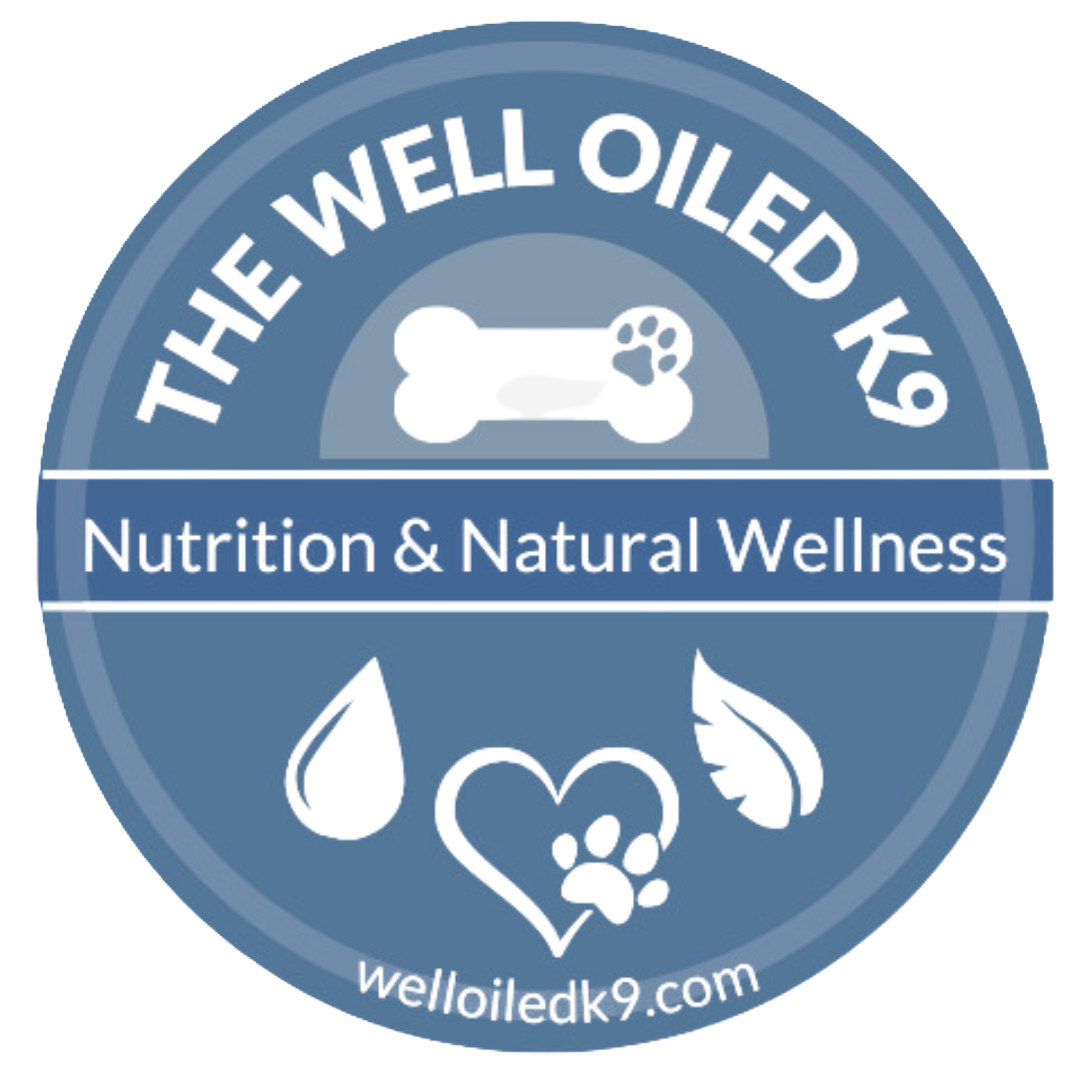Bioavailability of Essential Oils
Essential oils and adaptogens share certain functional similarities in supporting the body's ability to cope with stress and maintain balance, but they differ in how they work and their bioavailability. Here’s a breakdown of these concepts:
Essential Oils as Adaptogens:
Adaptogens are natural substances that help the body adapt to stress, maintain homeostasis, and regulate physiological functions. Some essential oils, while not classified as traditional adaptogens, exhibit adaptogenic-like properties due to their ability to affect the nervous system, reduce stress, and balance mood. Oils like lavender, frankincense, and rosemary can promote relaxation, enhance focus, and reduce anxiety, similar to the way adaptogens work to support the body's stress response.
Lavender helps with calming and stress relief, supporting relaxation.
Frankincense promotes emotional balance and has a grounding effect.
Rosemary stimulates mental clarity and alertness, which can aid in handling mental stress.
Though they can promote balance, essential oils typically act more acutely or symptomatically than adaptogens, which are known for their gradual, long-term balancing effects on the body's systems, particularly the endocrine and nervous systems.
Adaptogens and Their Function:
Adaptogens like ashwagandha, rhodiola, and holy basil work by interacting with the body's stress response systems, particularly the hypothalamic-pituitary-adrenal (HPA) axis. They improve resilience to stress over time, regulating cortisol levels, and helping the body adapt to physical, chemical, or biological stressors. Unlike essential oils, adaptogens often need to be taken consistently for a period of time to observe significant effects.
Bioavailability:
Essential Oils: When used topically, inhaled, or ingested (if appropriate for humans or animals and used under professional guidance), essential oils are quickly absorbed into the body. Their small molecular size allows them to easily penetrate the skin, enter the bloodstream, and cross the blood-brain barrier when inhaled. However, their bioavailability can vary depending on the method of application. Inhalation tends to provide the quickest effect on the nervous system, while topical application requires dilution and may take longer to act, depending on skin absorption. Ingestion (only with certain oils) allows for absorption via the digestive system, though this approach is often less efficient for bioavailability because oils can be broken down or altered by stomach acids and liver enzymes.
Adaptogens: Most adaptogens are taken orally in the form of supplements, powders, or teas. Their bioavailability depends on factors such as solubility and how they are processed by the liver. Some adaptogens, like ashwagandha, have higher bioavailability when consumed with fats, while others, like rhodiola, might be better absorbed on an empty stomach. The active components in adaptogens can be more stable and consistent in their effect over time compared to the fast-acting nature of essential oils.
Similarities:
Stress Response: Both essential oils and adaptogens help the body respond to stress, but adaptogens work more deeply over time, whereas essential oils may provide quicker, more immediate relief.
Balance and Homeostasis: Both promote homeostasis, though they do so through different pathways. Essential oils act directly on the nervous system or through olfactory receptors, while adaptogens modulate the body's physiological responses more broadly over time.
Differences:
Mode of Action: Essential oils work primarily through the limbic system (emotions and mood) or physical body (e.g., skin, muscles), while adaptogens act more systemically on the endocrine and immune systems.
Bioavailability: Essential oils, especially through inhalation, can have faster bioavailability for immediate effect, while adaptogens often require regular, consistent use for systemic changes.
Usage: Essential oils can be used in multiple ways (aromatherapy, topical, etc.), while adaptogens are almost always ingested.
In summary, while essential oils and adaptogens can both be used to support stress management and overall balance, they differ in their bioavailability, speed of action, and mechanisms. Essential oils tend to have more immediate effects, while adaptogens work more slowly but may offer sustained, long-term benefits.

